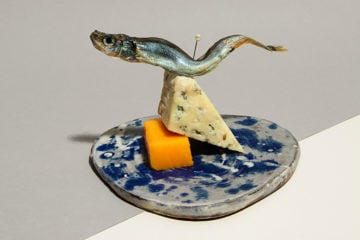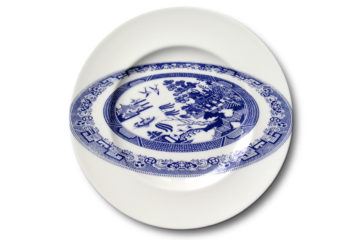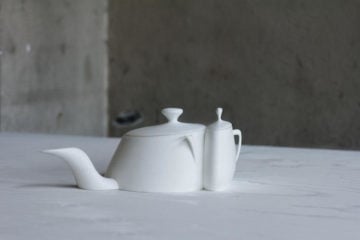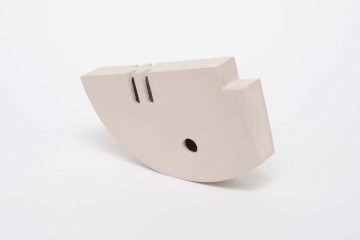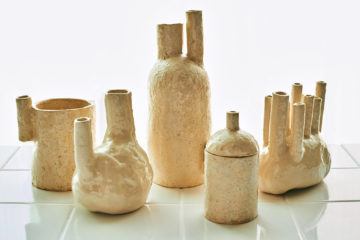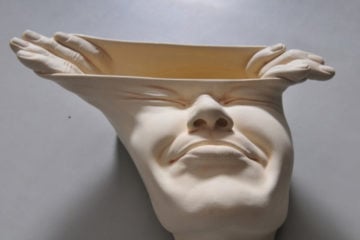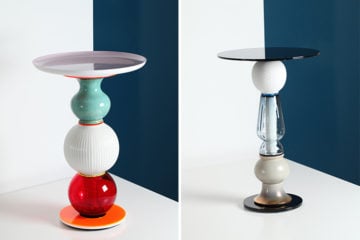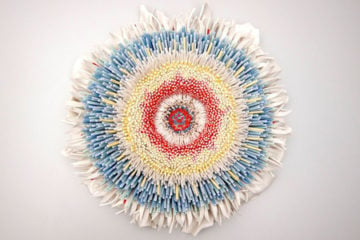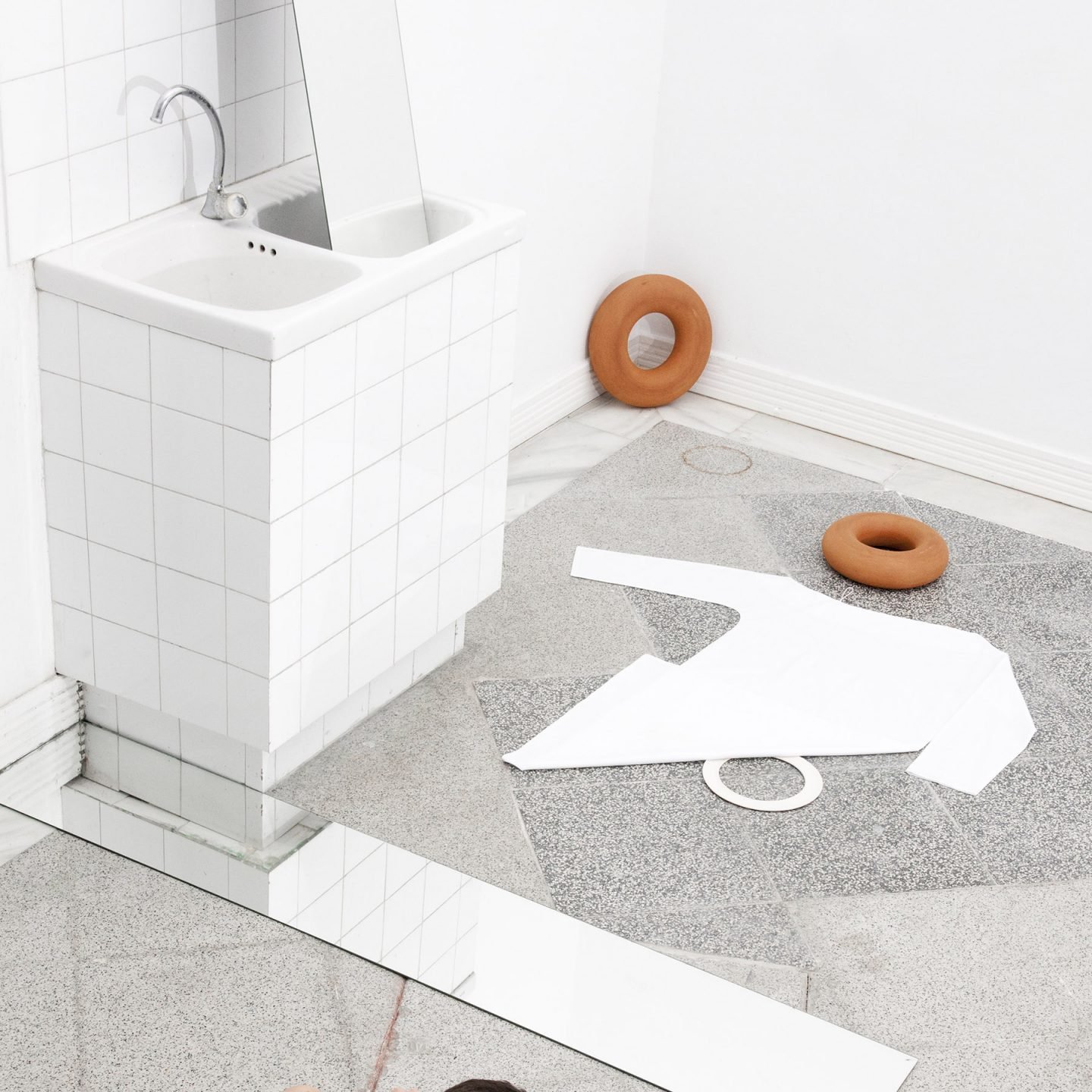
The Cyclical Process Of Julen Ussia
- Name
- Julen Ussia
- Images
- Julen Ussia
- Words
- Rosie Flanagan
Spanish ceramicist Julen Ussia has what he calls a ‘cyclical’ practice: concerned less with practicality than it is with chance, multiplicity and an ultimate return of made objects to the earth.
Drawing upon traditional crafts, Julen works across materials and disciplines to create abstract homewares that suggest functionality, whilst not actually having a prescribed use. When discussing his creative process, he describes his style of work and output through associations with actions in art and play: “It is like drawing with materials and gestures,” he explains. His pieces are designed to be used with one another, to be reconfigured, and ultimately — to be recycled once they have served their purpose. We spoke to Julen about his practice, the perceived divide between art and design, and why he doesn’t seek perfection in his work.
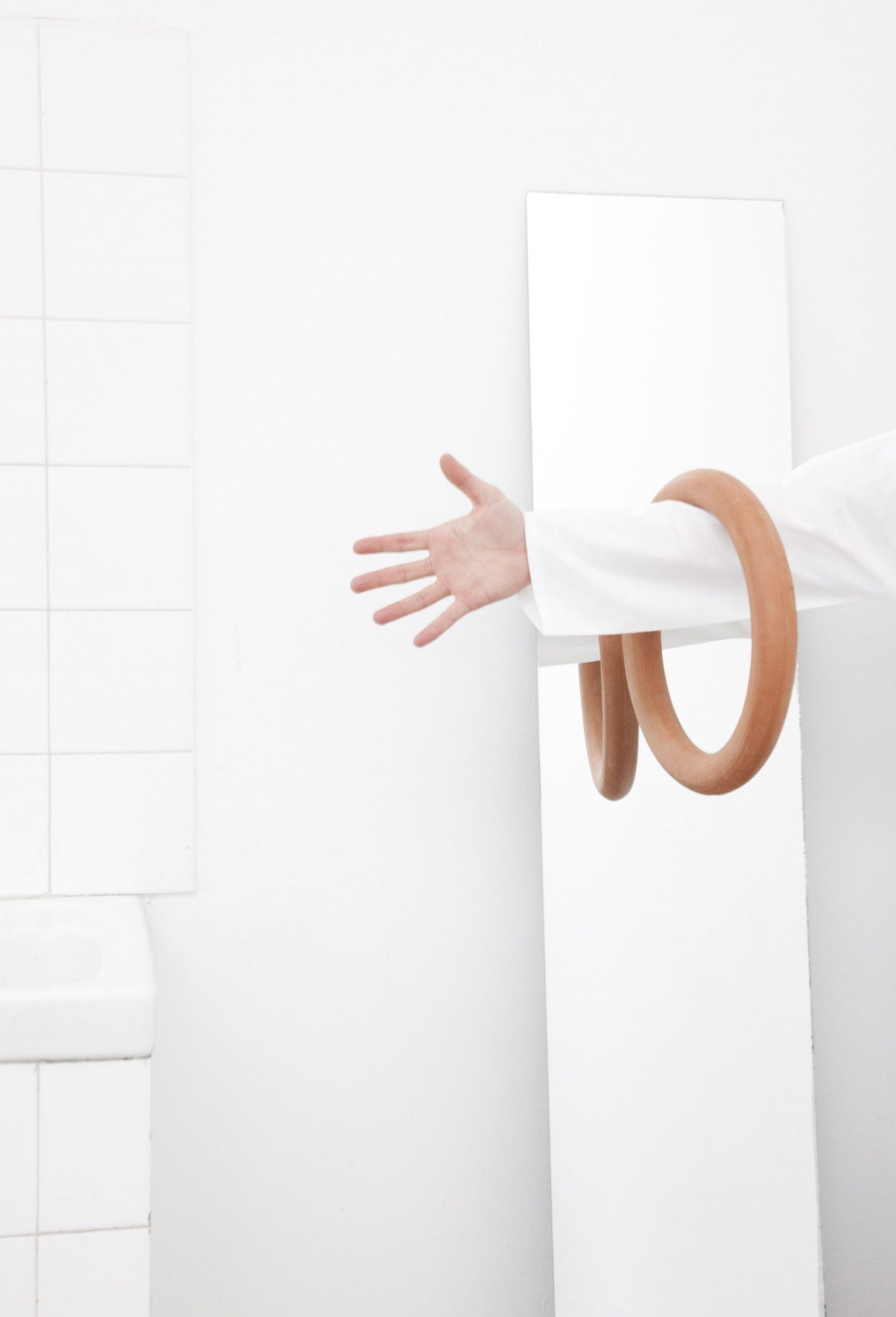
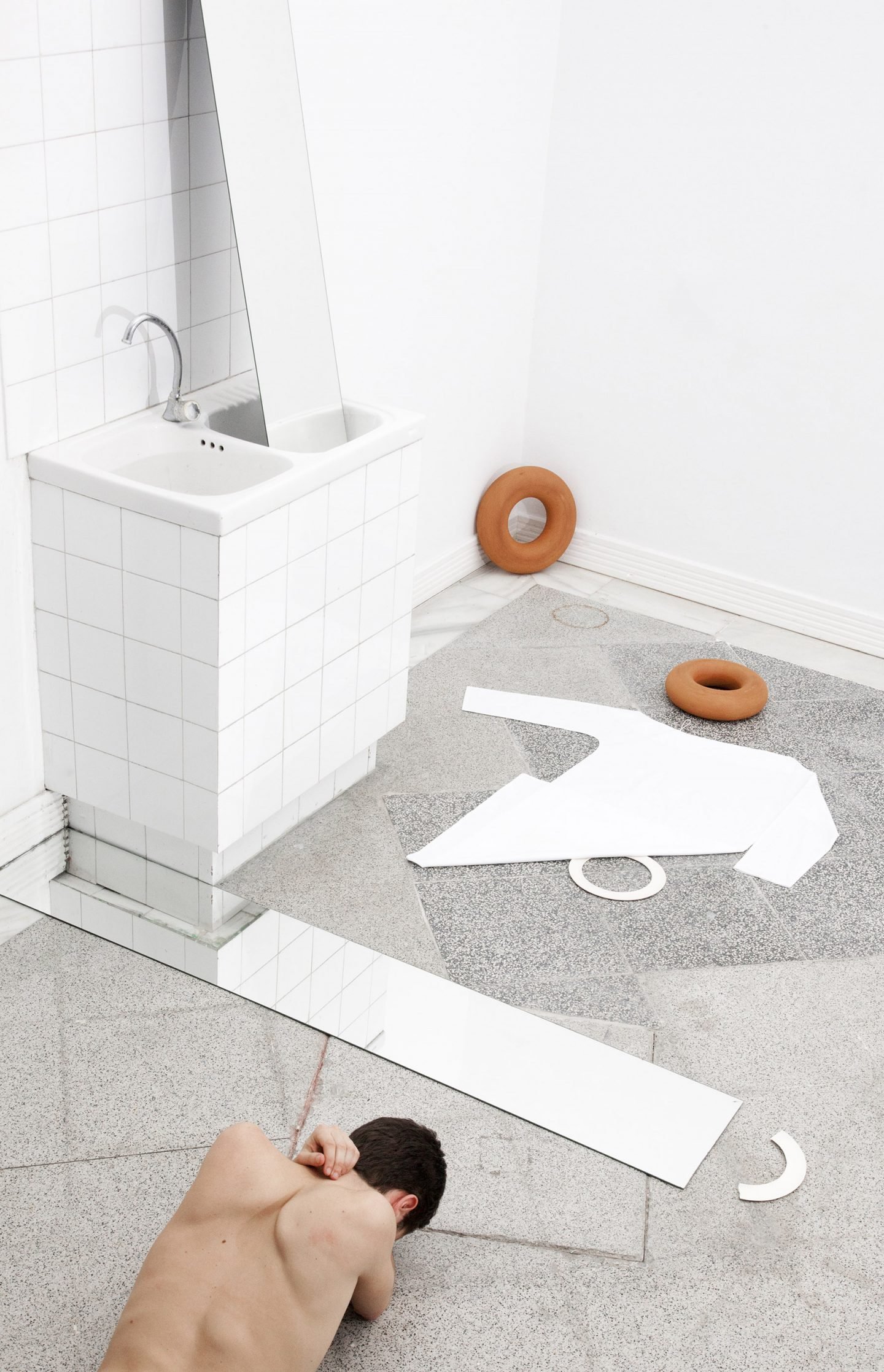
How did you come to ceramics as your creative discipline?
Escola Massana has a wide variety of workshops where students can learn different craft skills. I remember working with wood and metal before starting with ceramics. I also enjoyed jewelry and textile. During my third year of university, I did a Black Ceramics (local technique) workshop in Girona (Barcelona). It was my first time working with clay but I fell in love when I saw a potter throwing on the wheel. When I went back to Massana, I decided to begin learning ceramics, particularly how to throw pieces on the wheel. That was five years ago!
You create pieces that suggest functionality, but that are in reality sculptural pieces. Could you tell us why this is?
Some of them look like finished objects but others seem to be an idea of something about to come. Right now, I am more interested in cyclical processes and systems in art and design than I am in linear processes that end in a finished object. I think the eternal discussion between art and design is out of date, so I like to move freely amongst these questions. I am interested in studying behavior versus materials, even if they are ideas, daily use objects or leftover materials
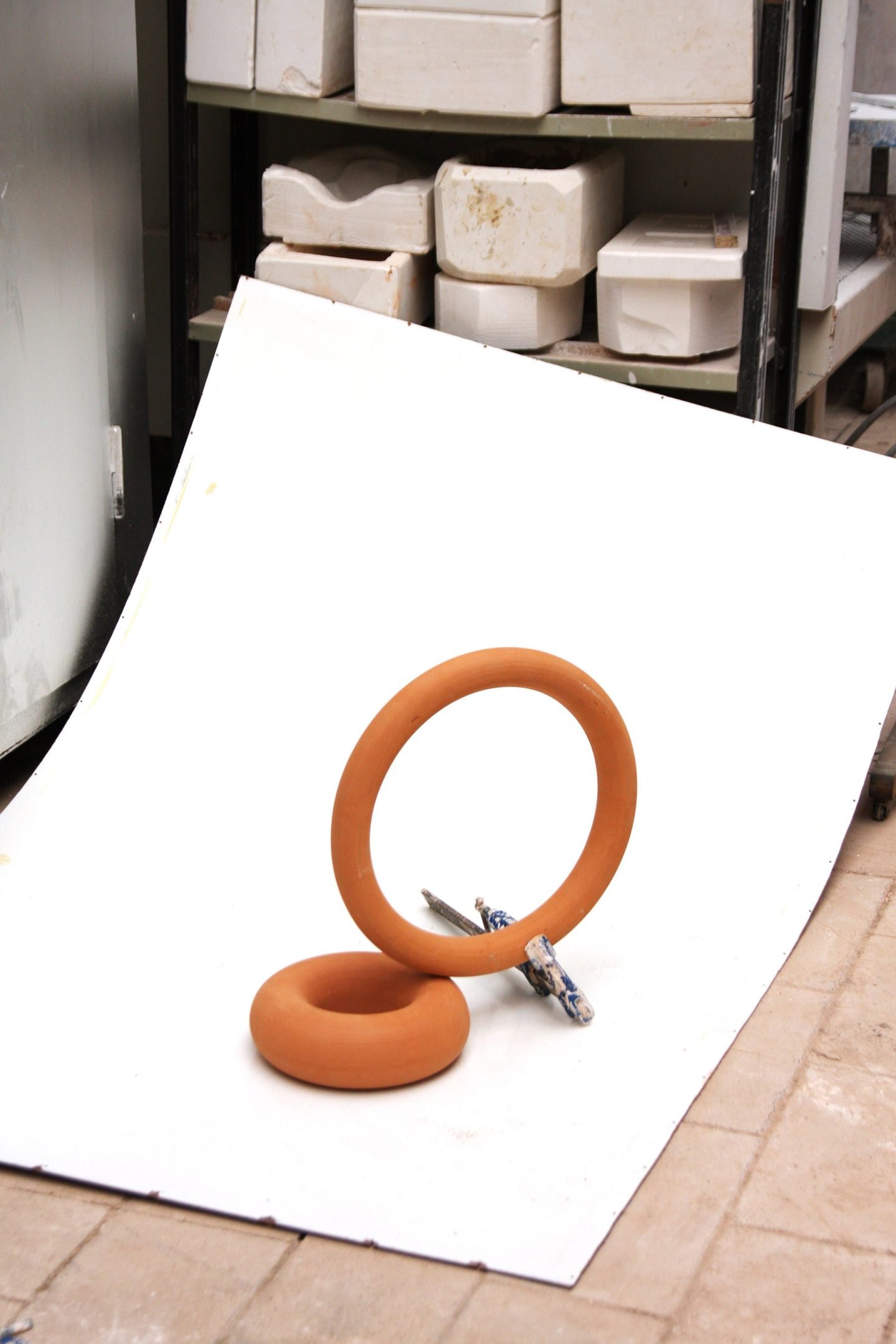
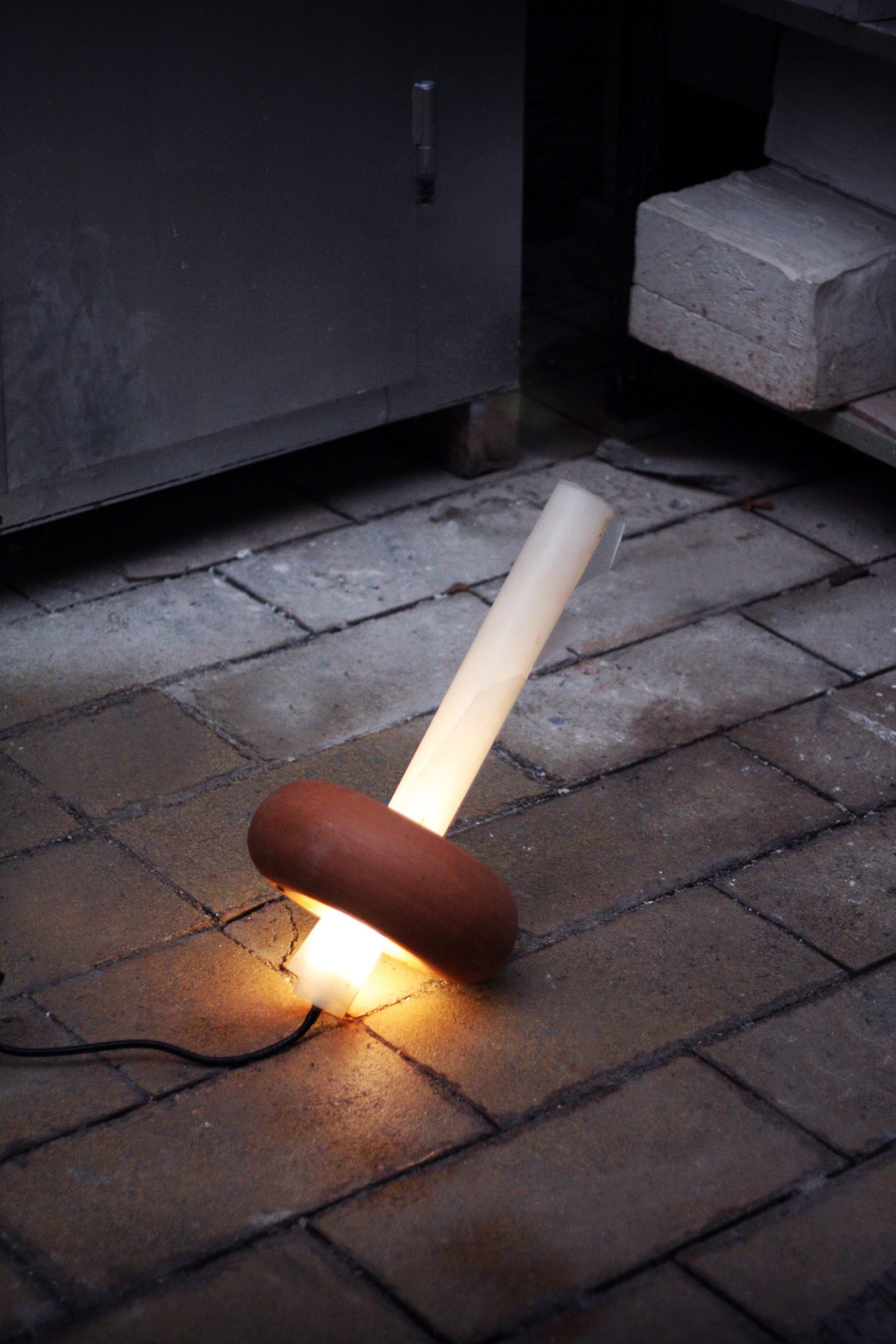
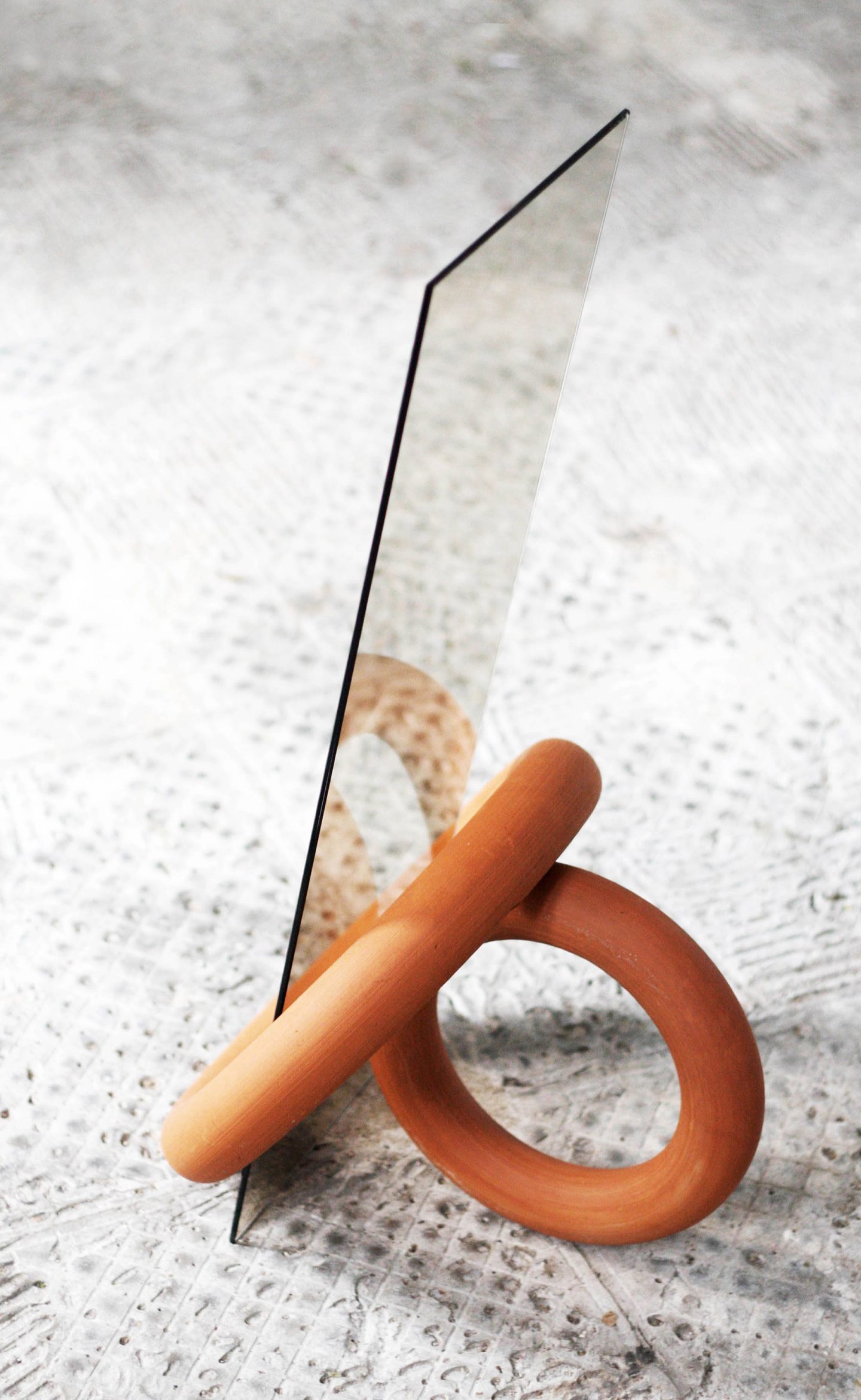
Are your pieces art objects, design objects, or a blurring of the two?
I feel like they are sculptural domestic objects and they can live with us at home. They could be explained as ‘volumes’ or ‘spatial research’ with a furniture approach, which I find interesting to connect with the most primitive human behaviors. I build my work in an intuitive, random and precarious way. Working this way I find unexpected and new solutions. My working process is like an orchard that I’m growing. In the meantime, it is feeding me to continue growing.
What is the process behind the creation of these pieces?
The first step is to throw thin and lightweight pieces on the wheel. I need a lot of concentration here as they are technically difficult due to their size. This is a continuous learning process. I don’t usually measure these pieces, I make them in many different sizes. That way, I force myself to combine and create relationships between shapes in the next phase.
When pieces are fired and strong, I start combining them with other materials and shapes. As I said, my criterion is almost focused on finding stable structures and flat surfaces. When I find an interesting combination, I take a photo and start the process again. That’s when I like to introduce a new material to continue finding new possibilities. Sometimes, a new exhibition is the perfect excuse to do it.
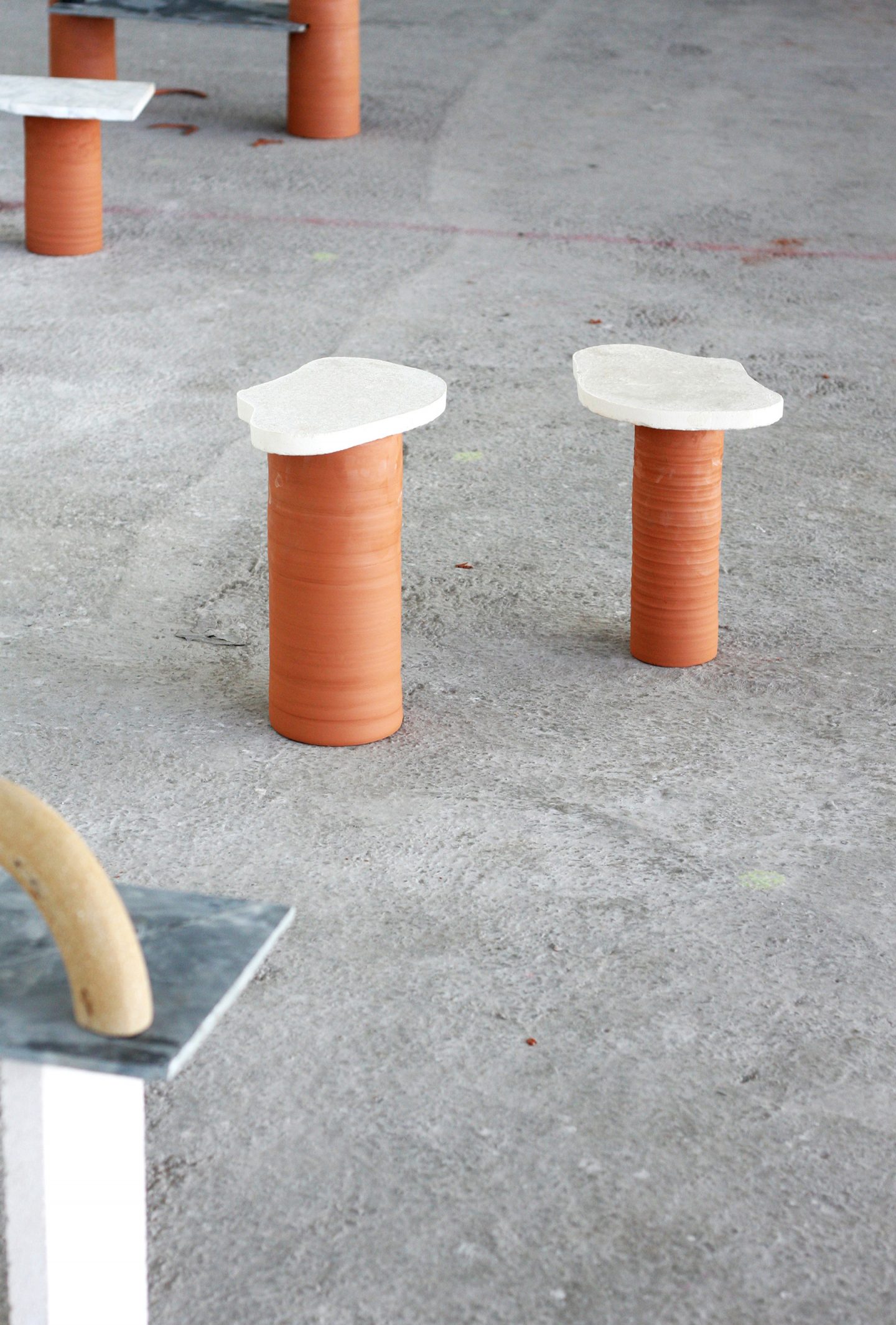
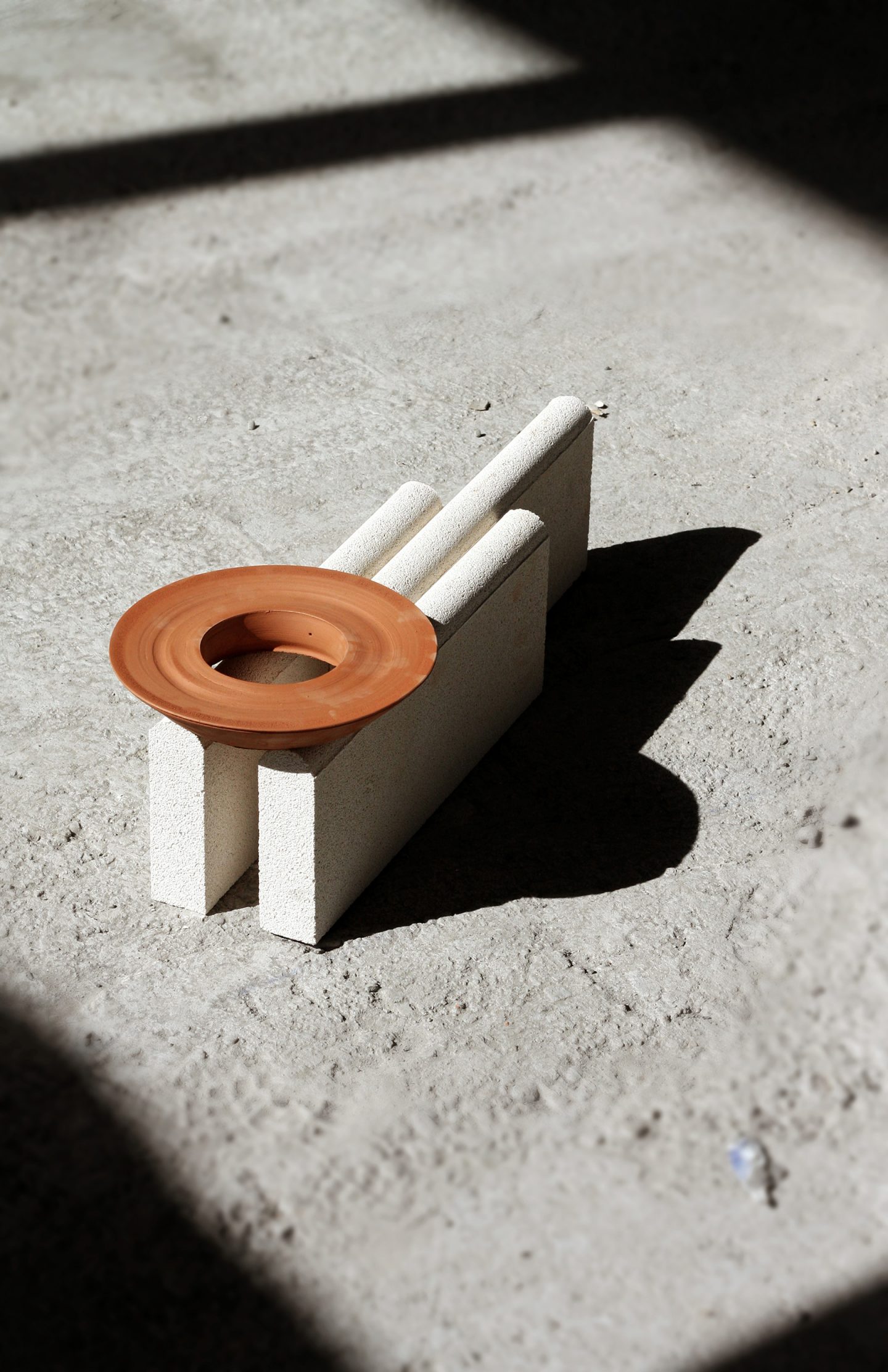
What do you see as perfection in design form?
Nowadays, generating low environmental impact. That is why I’m trying to make jointless objects and somehow, things that can go back or return to previous states of their production process. It’s very difficult to manage the idea of reversibility in ceramic objects but this is how I’m trying it now. The idea of perfection is very complex. We don’t need perfect things. We need to make mistakes, we need to doubt and ask ourselves how are we producing art, design, architecture or whatever. I feel close to a responsible use of resources as well as a minimization of the environmental impact. Somehow, that big idea of perfection could follow a bit those ideas. Maybe in the future, it will be more relevant to think the way we do things instead of what we do.
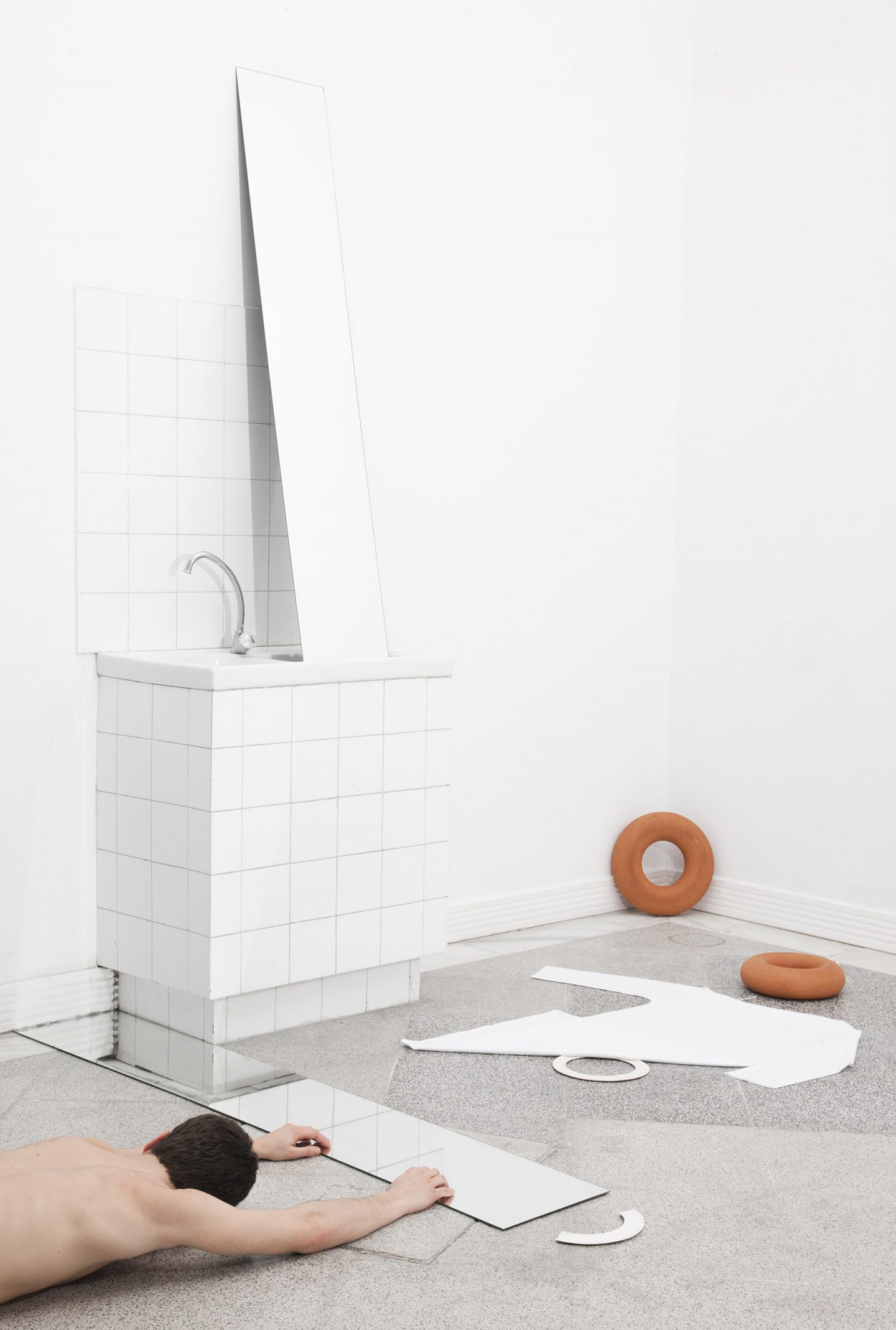
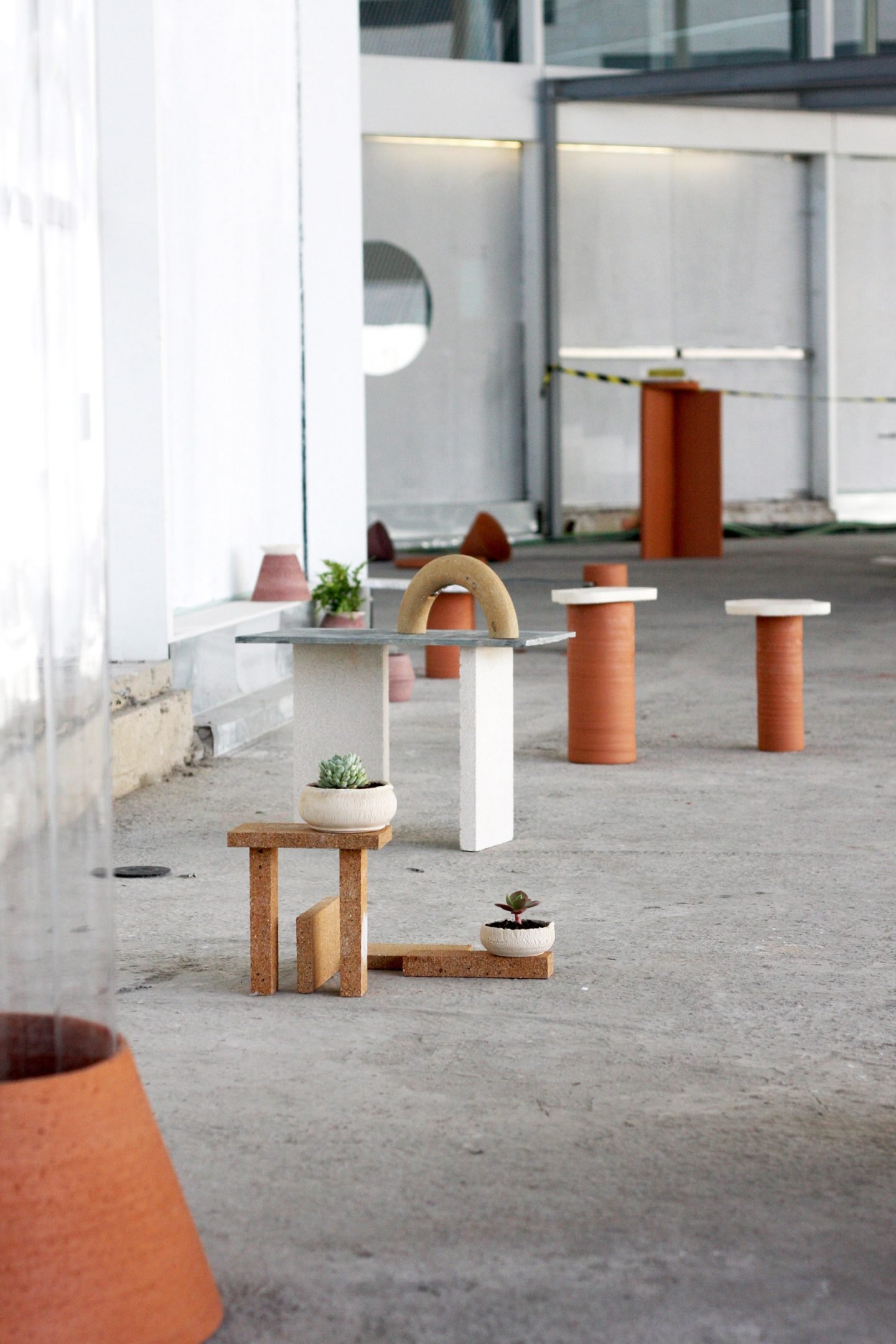
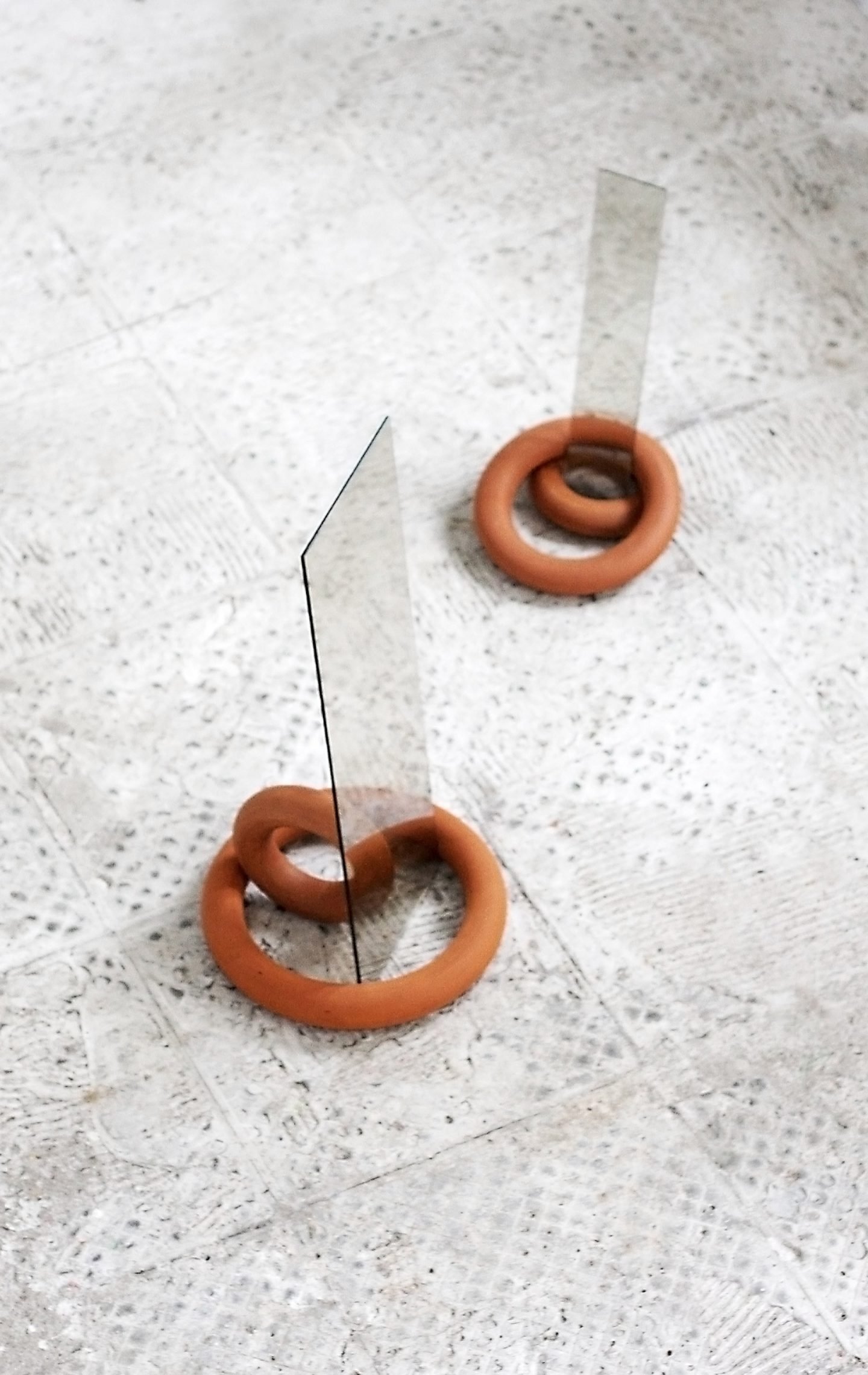
All images © Julen Ussia
